Resource Centre
Discover a wealth of knowledge and insights from the experts at StarFish Medical. Our Resource Centre offers product development tips, reviews of new and cutting-edge technologies, and in-depth articles on regulatory updates and compliance in medical device development.
-
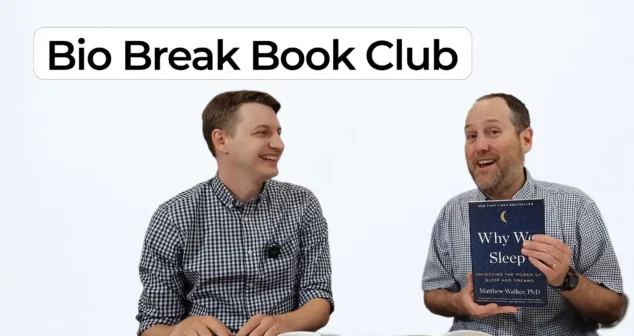
Nick Allan and Nigel Syrotuck share what they have been reading lately. From exploring the science of sleep to diving into change management, their picks show how books can spark insight both inside and outside the lab.
-

Nick Allan and Nigel Syrotuck share their end-of-summer reading list, featuring FDA regulatory books and PCR memoirs. From navigating regulatory hurdles to celebrating groundbreaking discoveries, their choices show how science reading can be both educational and entertaining.
-
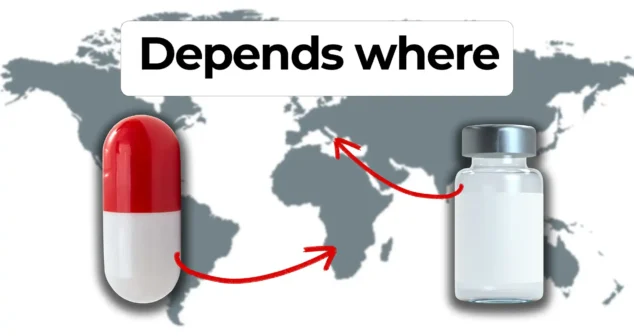
While medical devices often dominate development conversations, the way drugs are delivered across regions can dramatically change how treatments succeed — or fail.
-
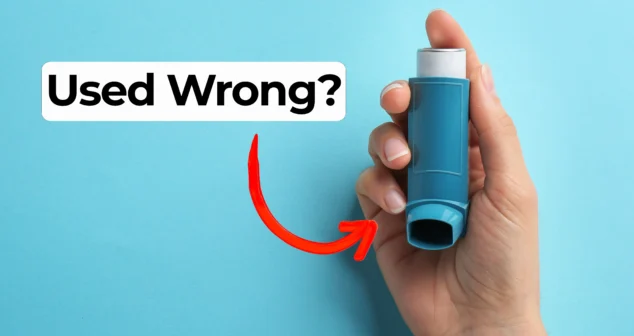
Nigel Syrotuck and Nick Allan explore the surprising reality of inhaler spacer use. While these devices are often thought of as tools for children with asthma, research shows that adults struggle with them too.
-
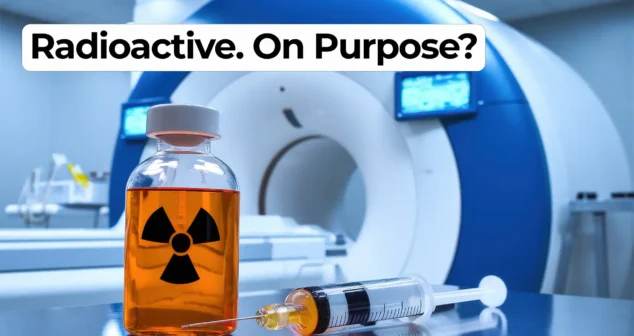
Radiopharmaceutical device development is gaining momentum as medical teams explore new frontiers in diagnostic imaging and cancer treatment.
-
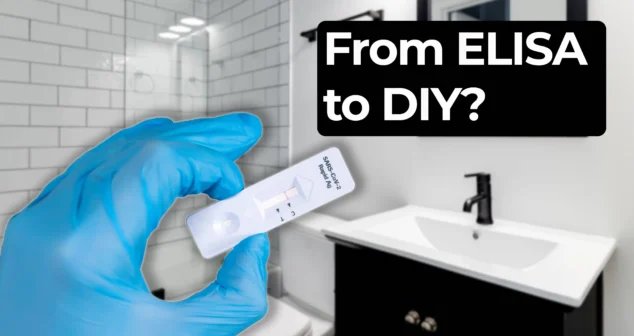
Nick Allan and Nigel Syrotuck reflect on recent ADLM diagnostics innovation and how it has shaped the future of clinical testing.
-
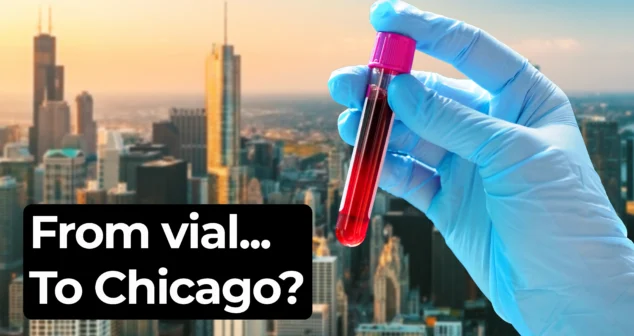
Each summer, the laboratory diagnostics showcase hosted by the Association for Diagnostics & Laboratory Medicine (ADLM) draws industry leaders to Chicago.
-
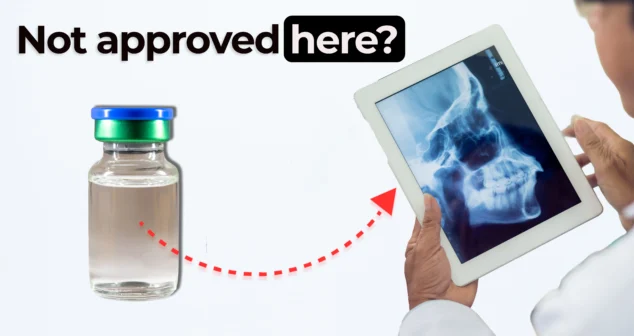
Nigel and Nick explore how contrast agents in imaging support medical device trials and diagnostics. While bones appear clearly in standard X-rays, soft tissues like those in the nasal cavity often require contrast agents to become visible.
-
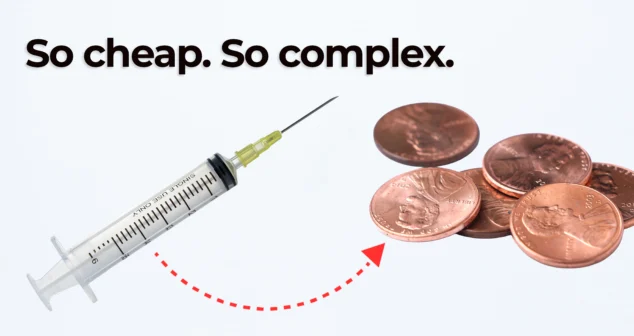
Despite costing just pennies, syringes pack an extraordinary amount of design and manufacturing complexity. From precision-molded barrels to breathably sealed packaging, these tools are more than meets the eye.